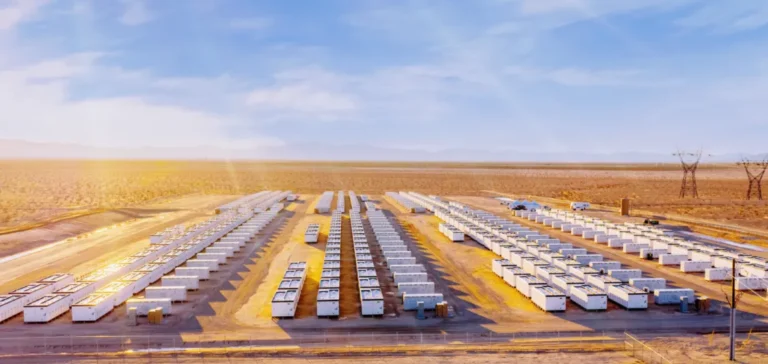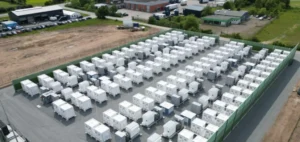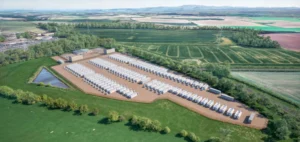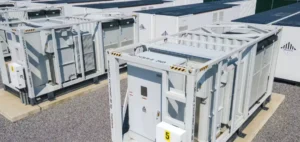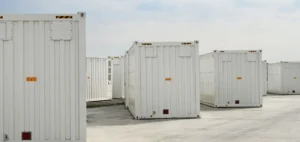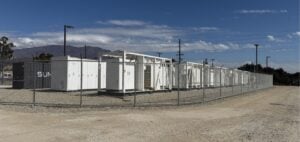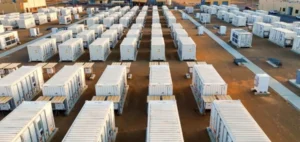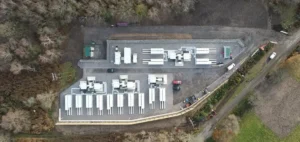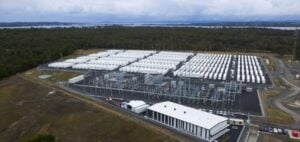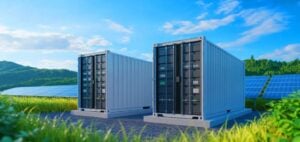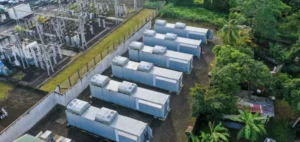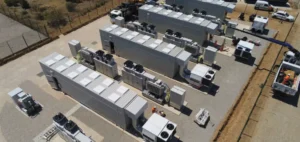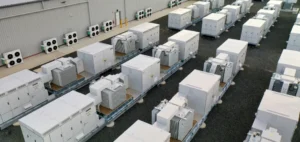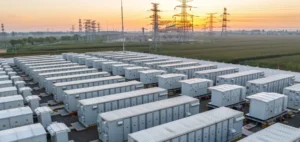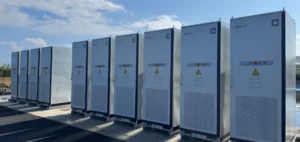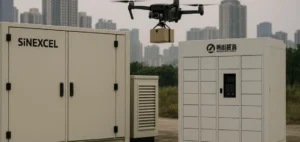Texas’ Electric Reliability Council of Texas (ERCOT) has become the leading US region for operational battery storage capacity, reaching 14.173 GW after adding 3.213 GW in the second quarter of 2025. This volume accounts for 51.5% of the 6.239 GW installed across the US during the period, marking the largest quarterly growth ever recorded in the sector.
Growth driven by the speed of the Texas market
The rapid capacity increase is attributed to the agility of the ERCOT market, which enables projects to generate revenue shortly after being synchronised to the grid. In comparison, the California Independent System Operator (CAISO) added 563 MW, accounting for 9% of quarterly additions. The Western Electricity Coordinating Council (WECC), encompassing several western states, contributed 2.013 GW or 32.3% of US installations.
According to data compiled from regulatory filings, total US battery storage capacity reached 38.126 GW by the end of Q2, representing a 20% quarter-over-quarter increase and a 63% rise year-on-year. Among the most notable projects were Texas-based PP Jaguar BESS (314 MW) from SER Capital Partners and Platinum Energy Storage (309.5 MW) from ENGIE North America.
Third-quarter growth expectations
If all 5.502 GW of planned third-quarter projects are completed as scheduled, national capacity will rise to 43.63 GW, up 14% from the previous quarter. The CAISO region is expected to account for 36% of this growth, followed by WECC with 31%. Outside these two footprints, an additional 1.8 GW is expected to come online.
Key projects slated for Q3 include the 500-MW 50LW 8me site from AES Clean Energy Development and Nextera Energy Resources’ 400-MW Kola Energy Storage, both in California. Arizona will see three major installations, including Atlas VII (300 MW) and Beehive Energy Storage (250 MW).
Company and state rankings
Among companies, Nextera Energy Resources leads with 4.141 GW of operational capacity after adding 473 MW in Q2. ENGIE North America follows with 3.251 GW after adding 833 MW, ahead of AES Clean Energy Development with 1.484 GW. Enel Green Power North America (1.253 GW) and Plus Power (1.219 GW) complete the top five.
At the state level, Texas remains first with 14.173 GW, followed by California (13.066 GW), Arizona (3.853 GW), Nevada (1.604 GW) and New Mexico (701 MW). Fifteen additional states have between 100 and 700 MW, while ten states still lack any battery storage installations.


